Europe has lost its position as the world's largest offshore wind market to the Asia-Pacific region (APAC) led by China, the Financial Times (UK) reported on August 28.
Europe will account for about 47% of the 64.3GW of total global offshore wind capacity by 2022, with the remaining 53% in the APAC region, where China alone accounts for nearly 49% of global offshore wind capacity, according to the Financial Times, citing data from the Global Wind Energy Council (GWEC).
In fact, the shift in leadership in this market has already begun since 2021, when Europe accounted for 50% of the 55.9GW of cumulative installed capacity, GWEC said in its latest report on the state of the global offshore wind market.
“Offshore wind capacity additions in the near term are expected to be relatively slow… due to lower activity levels in established markets in the North Sea… as well as the impact of current challenging market conditions,” the report said.
GWEC added that Europe is unlikely to regain its position as the world’s largest offshore wind market in the next 10 years, although annual installations in the region are “expected to surpass APAC from 2030”.
Europe’s offshore wind industry has struggled as supply chain issues and high interest rates in the wake of the pandemic and the Russia-Ukraine conflict have driven up the costs of everything from turbines to workers and loans. That has led to losses at turbine manufacturers and projects being canceled when the economics no longer make sense.
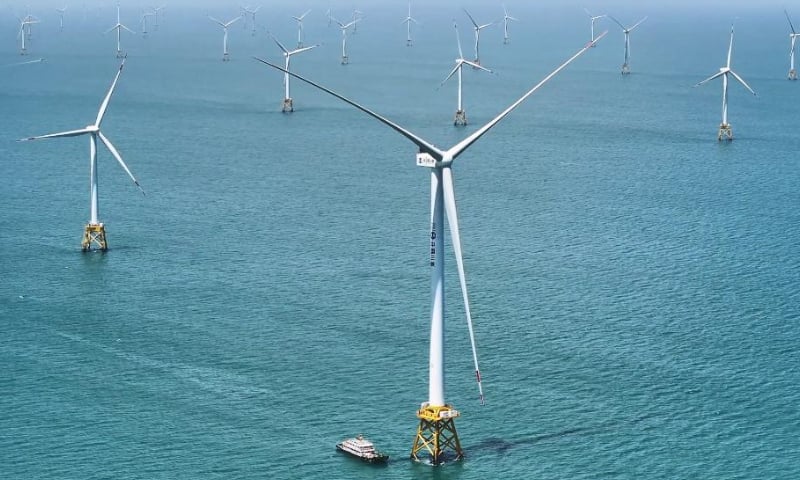
The world's first offshore wind farm with a 16-megawatt power generation capacity operates off the coast of Fujian, eastern China, July 19, 2023. Photo: Global Times
Last month, Swedish state-owned utility Vattenfall halted plans to build the Norfolk Boreas wind farm off the east coast of England, saying rising costs meant the project was no longer viable.
Earlier this month, Siemens Energy said it expected to post a 4.5 billion euro loss this year as it struggles to fix the troubled wind turbine business of its subsidiary Siemens Gamesa.
These challenges mean that Europe is expected to see lower offshore wind capacity installed over the next five years than previously forecast. GWEC said it expects Europe to add a total of 34.9GW of offshore wind capacity between 2023 and 2027, down from the 40.8GW projected in last year’s report.
The APAC region is expected to add 76.1GW over the same period, driven by China. The Asian giant will account for 84% of the increase.
In Europe and the US, offshore wind projects have been delayed or indefinitely stalled “due to inadequate and inefficient permitting regulations,” said Rebecca Williams, head of offshore wind at GWEC. “These factors have created uncertainty and forced developers to reconsider the viability of their projects, and in some cases, to halt development.”
“Such ineffective policies focused on price competition, coupled with unrealistic and unachievable local content regulations, will add costs to projects and slow the pace of offshore wind deployment needed for the world to reach net zero emissions targets,” she said .
Minh Duc (According to Financial Times, The Telegraph)
Source








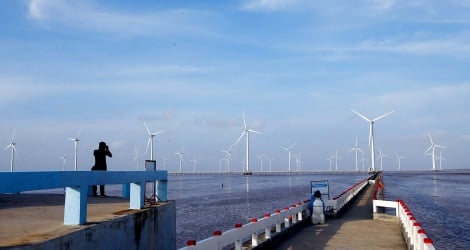

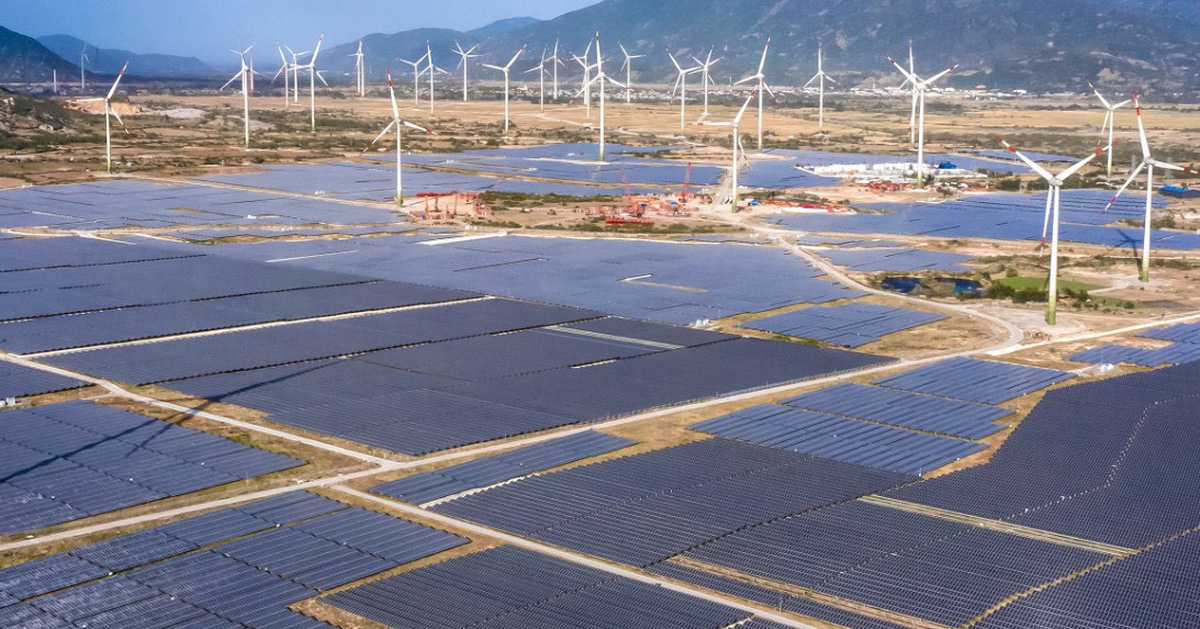

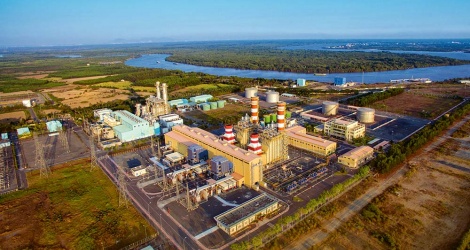

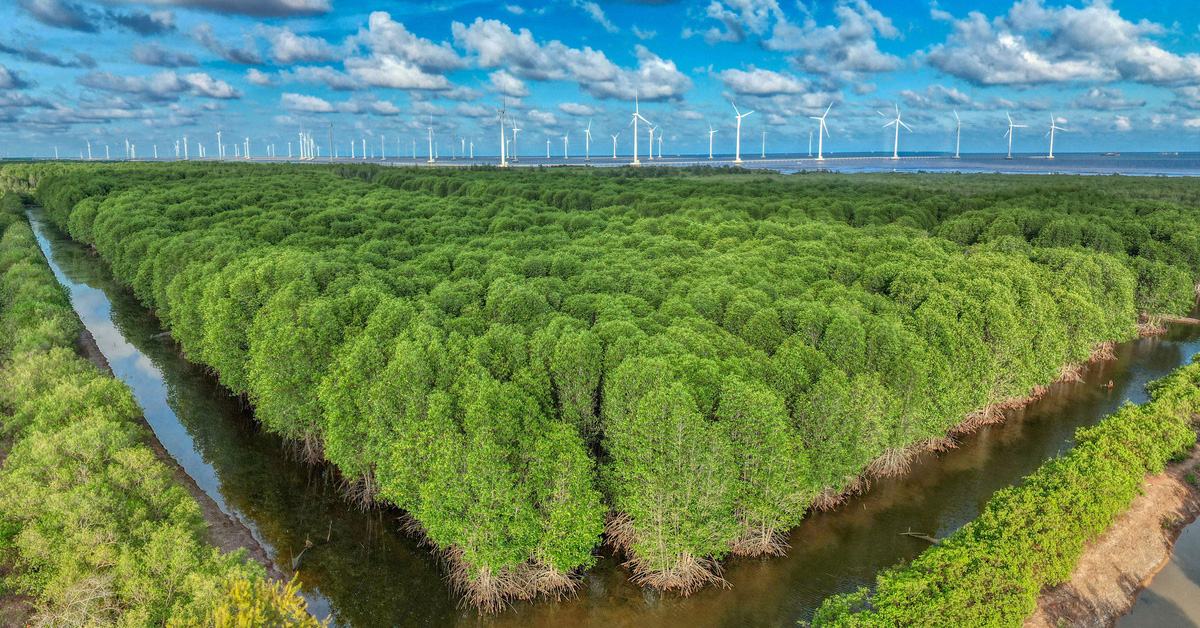

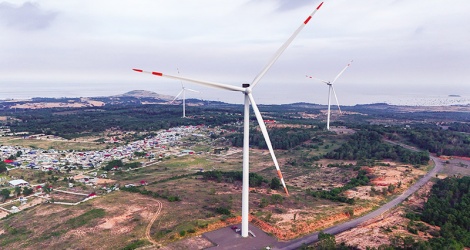










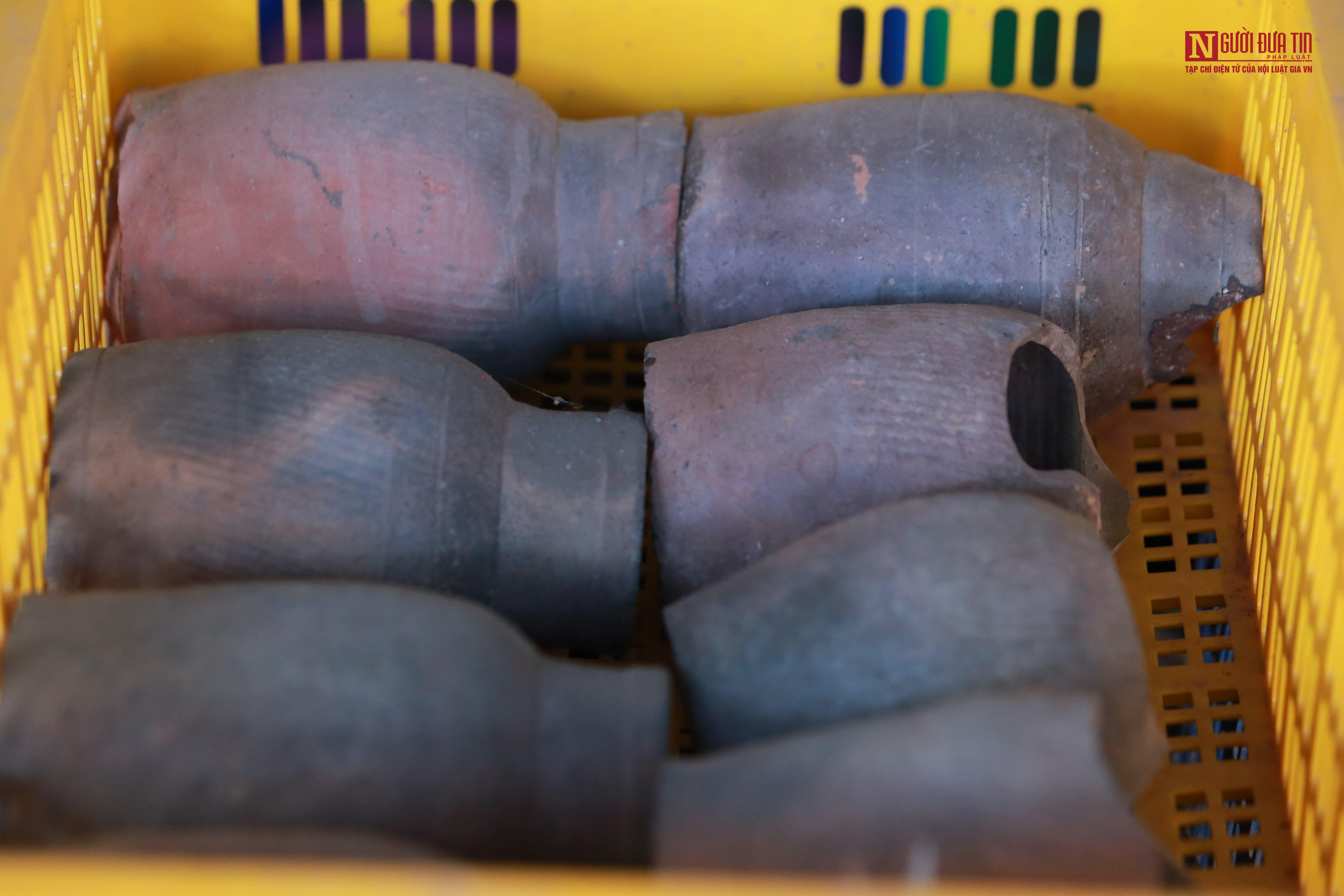













Comment (0)